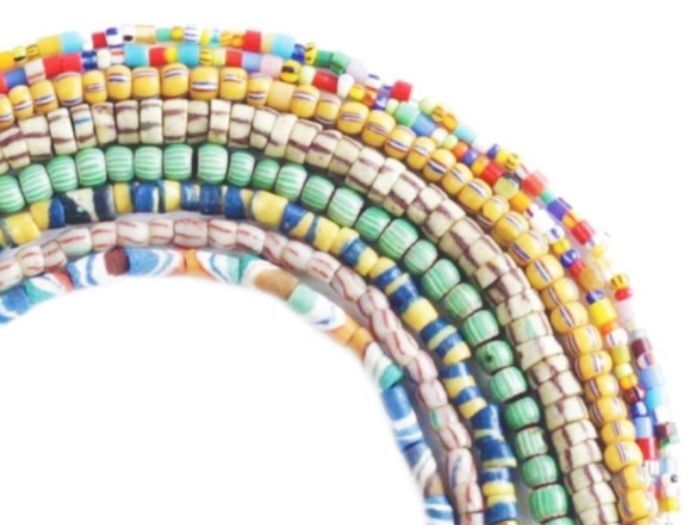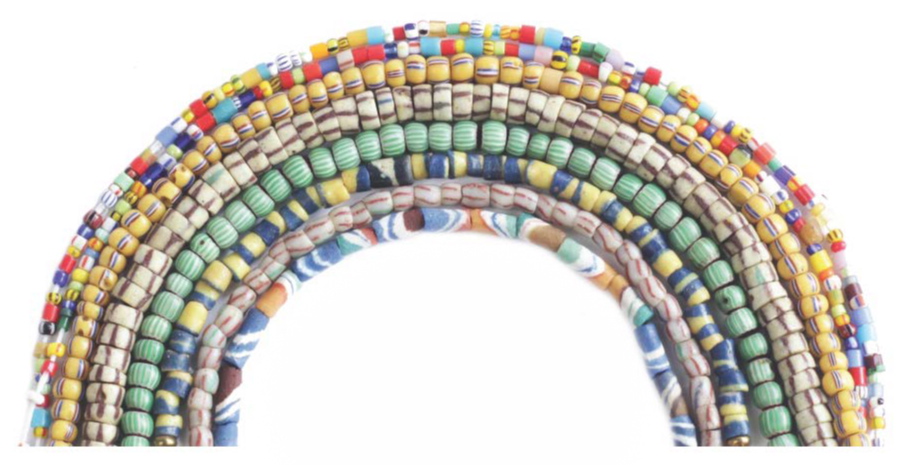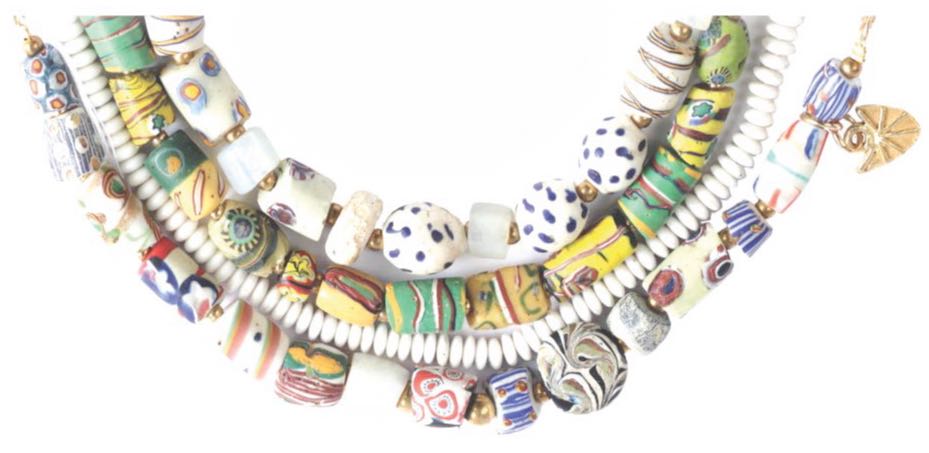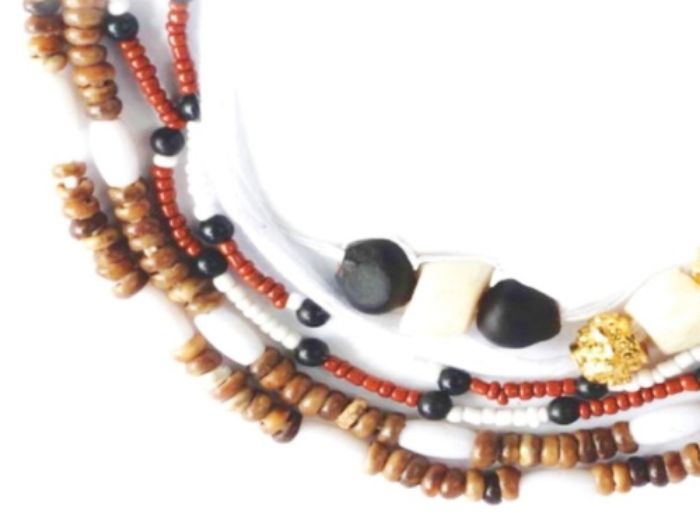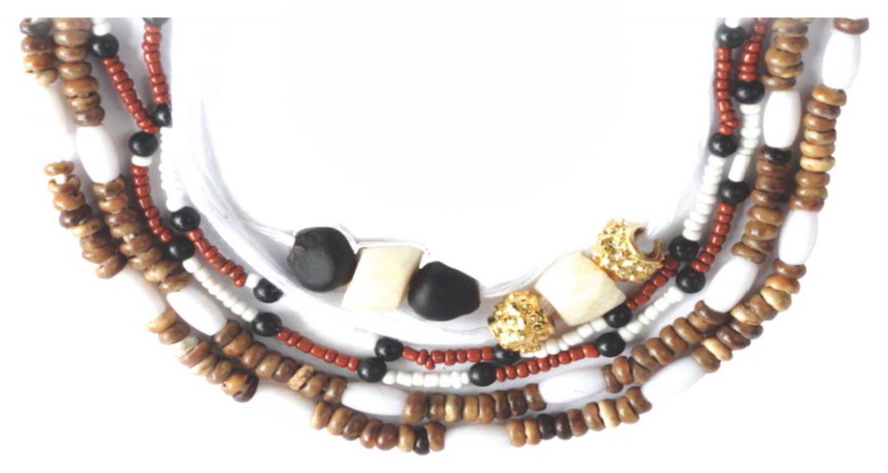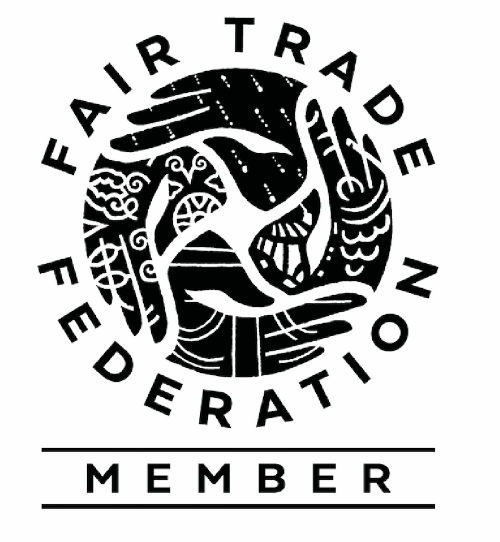A holiday means you can sleep in today. Or not.
Ear-shattering machine-gun-like percussion jerks you from slumber before the day breaks. Incessant whistle blows, and cheering over a megaphone follows. Torch-runners arrive in the village after running all night. The annual celebration of Guatemala’s independence from Spain is in full swing.
Across the Atlantic in West Africa, the national flag flies high on March 6th as our Ghanaian friends tune their trumpets and guitars in preparation for the parades and carnival to commemorate their country’s freedom, the first sub-Saharan nation to gain independence (1957). The family gathers to enjoy traditional food like waakye (rice & beans) and kenkey (sourdough dumplings).
And if you happen to wake up in Thailand on December 5th, a gentle prayer ceremony followed by renditions of the national anthem announces their independence festivities. The rest of the day is loud with flamboyant and ostentatious pageantry.

And what of fireworks? A standard crowd-pleaser everywhere in the world, no expense is spared to light up the sky when celebrating freedom. (They say the first fireworks were bamboo stalks that the Chinese threw in the fire, which exploded loudly as the hollow air pockets heated up.)
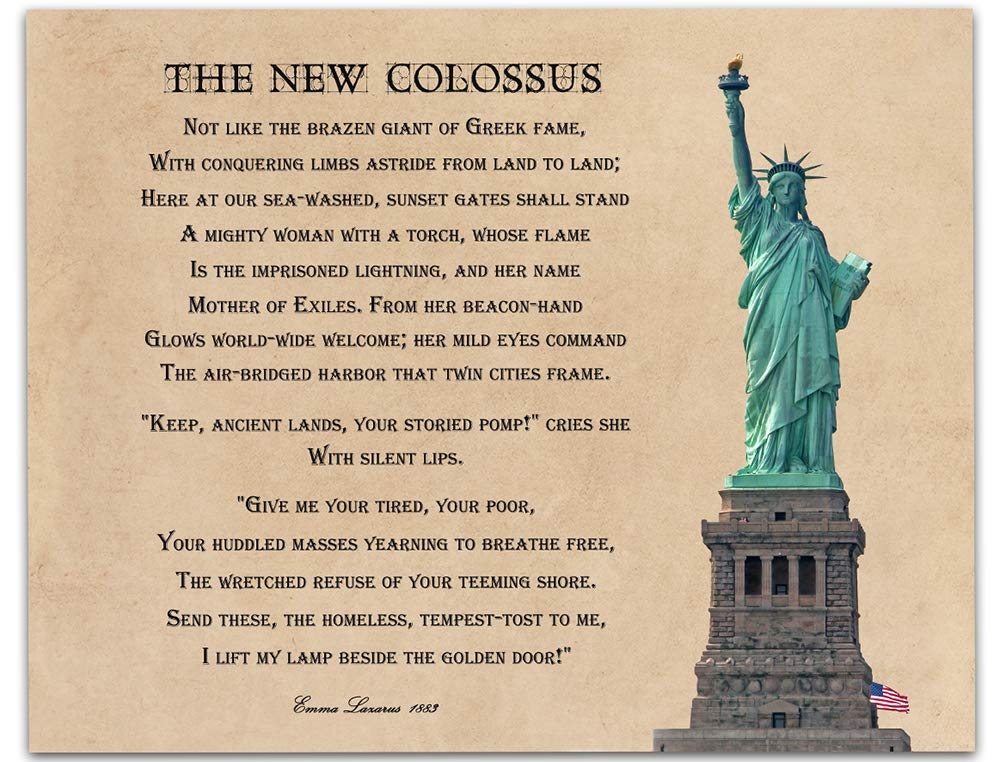
“Give me your tired, your poor, Your huddled masses yearning to breathe free, The wretched refuse of your teeming shore.” So Emma Lazarus’ words ring out over the Hudson.
What is this yearning? Do you recognize it? What would you give up for it?
INDEPENDENCE literally means “not hanging from.” The idea invokes sentiments of self-reliance, self-sufficiency, and autonomy. Liberty.
(Pendere is the root meaning to weigh, estimate, or pay, from which we get words like pendant, pending, and appendage.)
A strong desire for freedom is evident in all of us from a young age. Have you ever observed toddlers testing the boundaries and exerting their will forcefully as soon as they can sit up? A reach for self-determination seems wired into our DNA. And, especially in America, this freedom is highly valued and encouraged.
The reality, though, for countless individuals worldwide, is quite the opposite. Economic and political restraints leave them “hanging” year after year. Dependence on handouts leaves people stuck in suffocating patterns. Their self-determination weakens, and their creativity suffers.
“For everything that is really great and inspiring is created by the individual who can labor in freedom.” (Albert Einstein)
That is why the stories of the artisans with whom Unique Batik does business are worth celebrating. They have reached beyond their grasp, attaining levels of financial independence that were unimaginable to their parents. This achievement is especially significant where women entrepreneurs succeed in places where their contributions have been strictly limited traditionally. Read about Diego, Carmelita, and Luisa.
We watch them emerge as rulers, as per their original design.

It was a woman who created the first Star-Spangled Banner. Mary Pickersgill took up flag-making when she became a widow at a young age. Her business eventually supported a household of women whom she trained as seamstresses.
It is important to note that these artists-heroes didn’t drift into freedom. Similarly, our treasured American rights would have remained a hollow dream if it wasn’t for the risks and sacrifices of individuals and communities. By disciplined choices, sustained efforts, and stubborn endurance, they were able to create a fulfilling life for themselves and their families. Epictetus, an ancient Greek philosopher, claimed,
“No man is free who is not master of himself.”
Furthermore, to gain freedom, reliance on multiple networks and the community is paramount. In other words, independence is not individualism.
Which fact connects you, the customer, in a beautiful symbiosis with the families of artists around the globe.
The words in the Declaration of Independence adopted by the Continental Congress on July 4th, 1776, which takes 18 minutes to read, were a bold line in the sand. A unanimous decision to stand against what the colonists perceived and experienced as oppression and tyranny. They did it TOGETHER, fully informed of the RISKS.
So, on this day, savor every free breath you take and tip your hat to our celebrated heroes, past and present. Then, consider your inalienable right to life, liberty, and the pursuit of happiness – yours and your neighbors. And vote with your feet.
Freedom
Freedom is never free.
Respect our liberty.
Enjoy its many rights.
Expect it may cause fights.
Democracy survives,
Only if backed with lives.
May we not let it die.
(Bartholomew Williams)

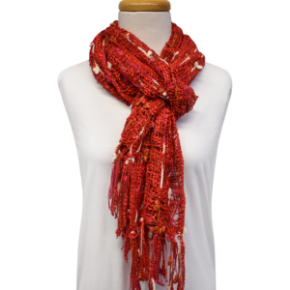
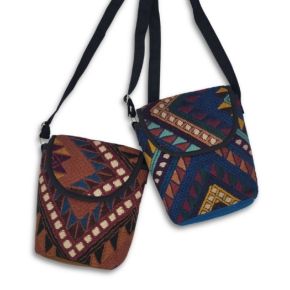
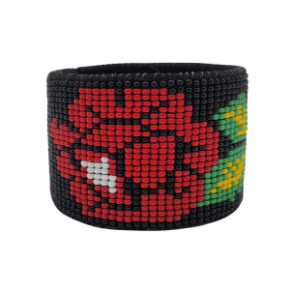
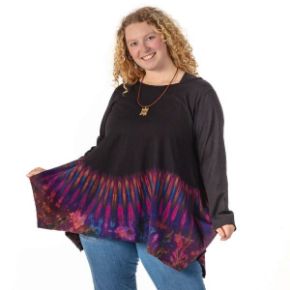


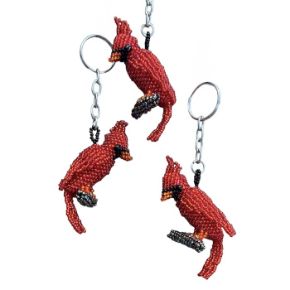

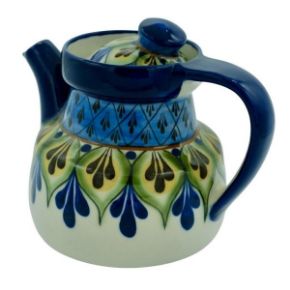
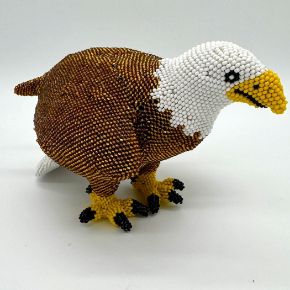
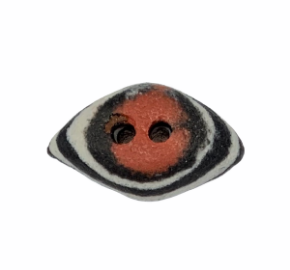
_700.jpeg)
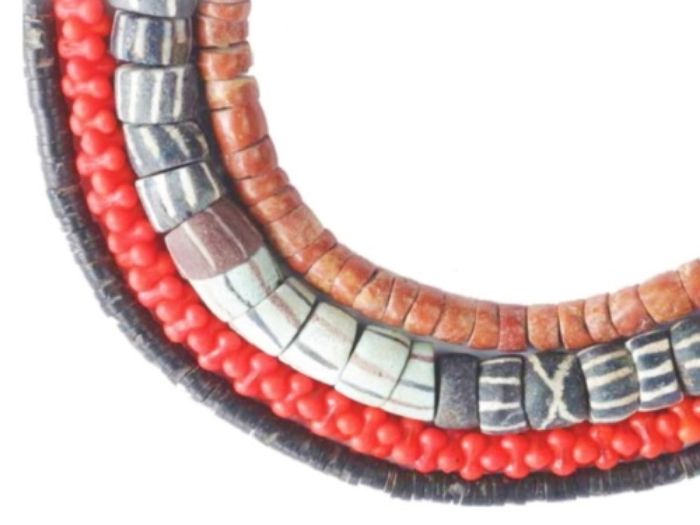
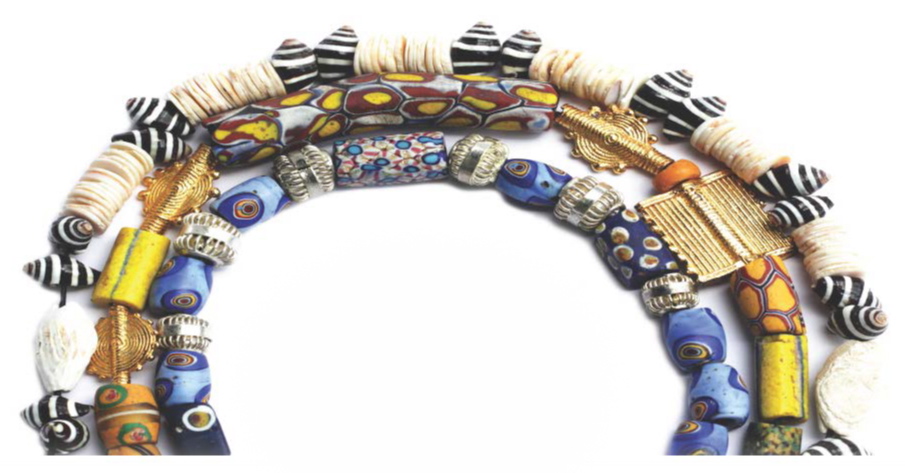
.jpeg)
